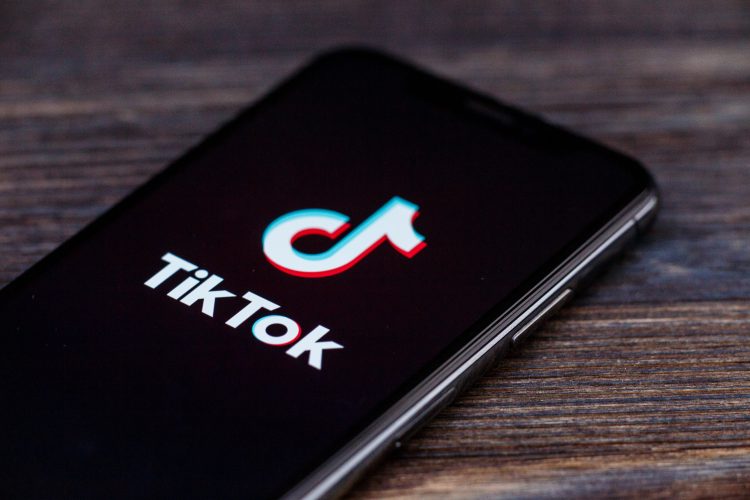Is TikTok portraying alcohol consumption in the wrong light?
- Like
- Digg
- Del
- Tumblr
- VKontakte
- Buffer
- Love This
- Odnoklassniki
- Meneame
- Blogger
- Amazon
- Yahoo Mail
- Gmail
- AOL
- Newsvine
- HackerNews
- Evernote
- MySpace
- Mail.ru
- Viadeo
- Line
- Comments
- Yummly
- SMS
- Viber
- Telegram
- Subscribe
- Skype
- Facebook Messenger
- Kakao
- LiveJournal
- Yammer
- Edgar
- Fintel
- Mix
- Instapaper
- Copy Link
Posted: 22 September 2021 | New Food Magazine | No comments yet
TikTok has changed social media forever, but researchers have concerns that the way alcohol is portrayed on the platform could be damaging for young people viewing the content.


TikTok, or DouYin in China, has been a key part of this story's spread
An overwhelming number of popular TikTok videos that reference alcohol focus on its positive associations and ignore the negative ones, according to a new study in the Journal of Studies on Alcohol and Drugs.
The top 100 most popular videos on the social media platform using the “#alcohol” hashtag had almost 300 million combined views as of 2020, the report notes. An overwhelming 98 percent of these videos contained positive portrayals of alcohol, whereas only four percent described negative alcohol-related consequences, according to lead researcher Alex Russell, Ph.D., assistant professor of public health in the Department of Health, Human Performance and Recreation at the University of Arkansas.
“Social media platforms, such as TikTok, can influence health behaviour,” said Russell. “For example, increased youth exposure to alcohol marketing on social media is linked to earlier drinking initiation and greater levels of overall alcohol consumption. More than a third of TikTok users are underage, so we felt it was important to characterise the content and themes present in videos portraying alcohol on this popular platform.”
Russell and colleagues analysed the 100 most-liked videos on TikTok’s #alcohol page, which had 1.7 billion views as of 2020. Forty-one percent of the videos were guide videos, giving recipes for various drinks. Most (72 percent) included spirits; 23 percent included flavoured malt beverages, 16 percent included beer and 10 percent included wine.
Sixty-one percent portrayed rapid consumption of multiple drinks, such as taking back-to-back shots of liquor, then drinking from the bottle. They also promoted the idea that alcohol consumption is associated with friendship, familiarity and camaraderie. The researchers claim that the few that did mention negative associations – such as hangovers or physical injury – did so in a humorous, not educational, manner.
Although TikTok’s community guidelines prohibit content that depicts the consumption of alcohol, drugs or tobacco by minors, it’s unclear how effectively this policy is enforced.
Furthermore, “these videos were easily accessible through a simple internet search and could be viewed without . . . encountering an age-verification process,” the researchers claim. “Any nonregistered person can fully interact with alcohol videos on TikTok, regardless of age.”
Reflecting on the results of the research, Russell said he “would ask parents if they want TikTok to be where their kids get health information about topics such as alcohol use.
“I’d encourage parents to do a simple internet search of ‘#alcohol TikTok’ and see if they are comfortable with the content and messages their children are exposed to.”
Second, he said he would let public health practitioners and researchers know that TikTok and other social media platforms are here to stay. However, public health professionals can use these same platforms to disseminate science about the health realities of alcohol use and to encourage critical evaluation of alcohol-related messaging on social media.
And finally, regarding public policy, Russell is of the belief that the ease of access to alcohol-related content on TikTok highlights the need for some mechanism (such as age verification) to minimise youth exposure to alcohol-related content on social media platforms.
Related topics
Beverages, Health & Nutrition, Regulation & Legislation, Research & development, The consumer









